
Like most people, the Dutch are creatures of habit. They love their fixed products and easily miss them when they stay abroad for a while. However, a few typical Dutch food products stand out. In this blog post, we will tell you about 5 classic Dutch products that the Dutch miss when they stay abroad for a longer period of time. Curious about what the Dutch use as well or as a Dutchman curious if you recognize yourself in this? Then read on!
1. Conimex Products
Conimex is best known for its recognisable and eye-catching packaging with oriental products, and of course the very sweetest Ketjap Manis sauce. This Dutch brand started in 1932 as an importer of Indonesian spices. The products such as sambal oelek, sambal badjak and Indonesian sauces are widely used in the Dutch kitchen. Because the products are often not easily available abroad, the Dutch sometimes have to get used to them.
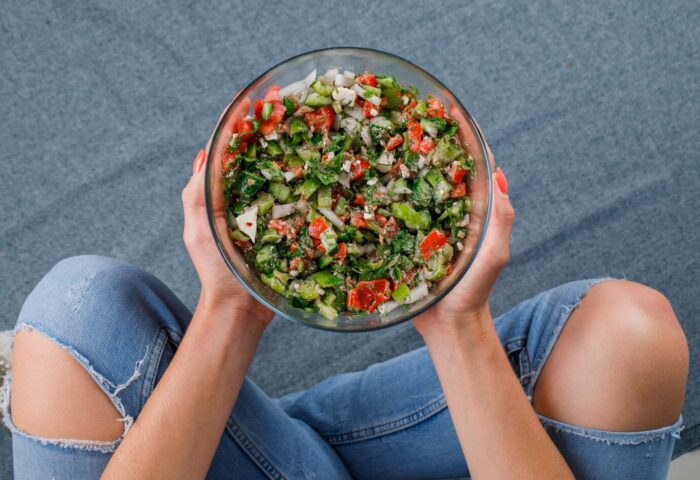
2. Ontbijtkoek
Thick slices of gingerbread (ontbijtkoek) are an absolute favorite for Sunday breakfast. The sweet heavy cakes are made of a mixture of sugar, syrup and rye flour. The most famous ‘ontbijtkoeken’ are made by Pijnenburg, who offers them in many variations. ‘Ontbijtkoek’ is often spread with a layer of butter and is eaten at breakfast or used as a snack. Super tasty!
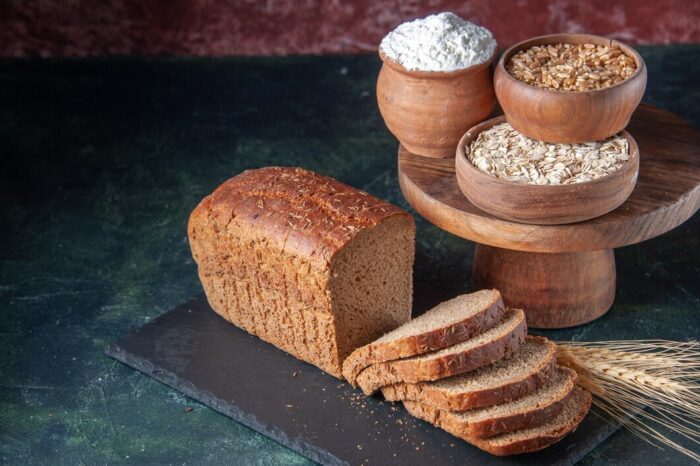
3. Cheese
The Dutch are real cheese eaters and some of the most famous cheeses in the world come from this small country. Gouda cheese, for example, is very rich and full of flavor and incredibly popular all over the world. In addition to the well-known Edam & Gouda cheeses, the Dutch also enjoy matured or old Amsterdam cheeses. Cheese is a good source of protein, calcium and several vitamins but it does contain a reasonable amount of saturated fat. To try real Dutch cheese, you must find a real Dutch brand. The foreign cheeses taste very different, and the Dutch find that difficult.
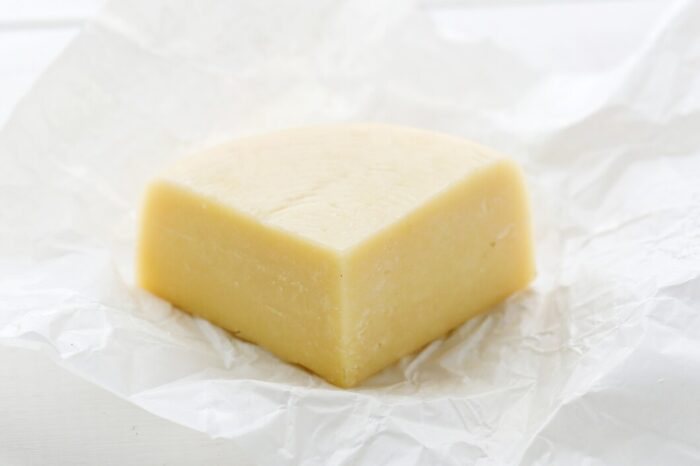
4. Peanut Butter
Finely ground peanuts in a jar, that is literally what peanut butter is. Although peanut butter originated in America, it has been one of the most widely eaten toppings on bread in the Netherlands for many years. The most well-known peanut butter in the Netherlands is Calvé peanut butter. This type of peanut butter is known for its creamy and full flavor. The peanut butter is available with peanut pieces and as a smooth paste. Finding peanut butter abroad can sometimes be quite a challenge, whereas in the Dutch household it is hard to imagine life without this product.
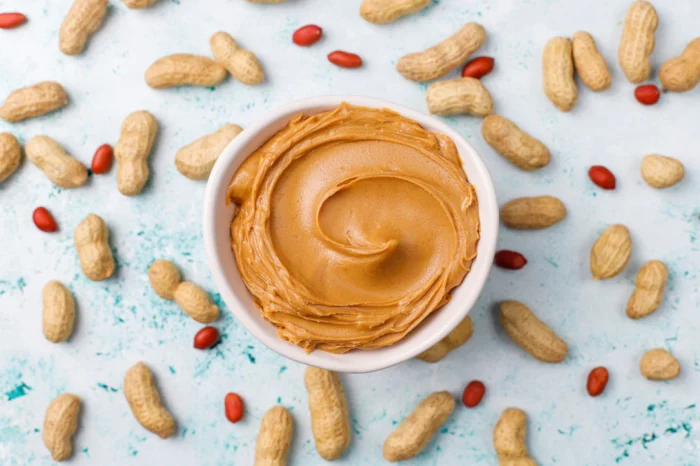
5. Jenever and Gin
Genever is occasionally referred to as Hollands, peket, and Dutch gin. It is a standard liquor with juniper flavors in the Netherlands. Malt wine was first turned into jenever by refining it to a 50% alcohol content. There are two varieties of jenever: Jonge and oude.
The taste of Jonge jenever is similar to that of vodka, and it has a faint juniper and malt wine scent. The taste of oude jenever is soft, more fragrant, and more malty. Occasionally aged in wood, oude jenever retains whisky-like malt, oak, and smokey tastes.

6. Drop
Arabic gum, sometimes known as gelatin, sugar, and licorice plant juice, are the main ingredients in the well-known Dutch licorice confectionery. The drop is relatively popular among Dutch people because 80% of people consume licorice from time to time. The Klene Muntdrop and the sweet honey candies are both well-liked. Consuming drops requires a firm palate due to their intense flavor, making it a fantastic way to surprise friends and relatives who live abroad.
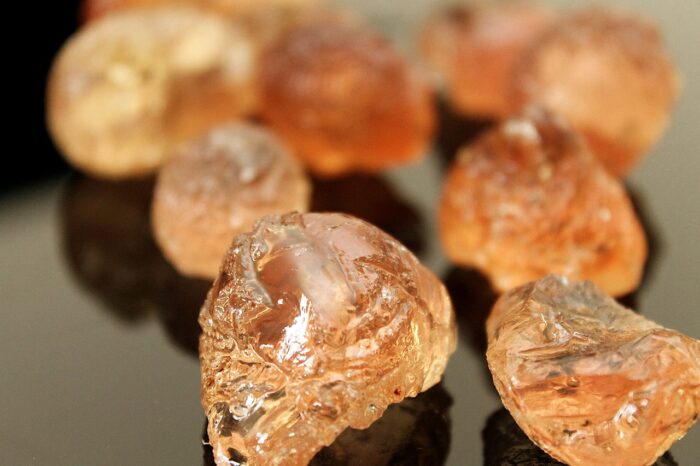
7. Rusk (Beschuit)
Beschuit, also referred to as Dutch crispbakes, are rusks that are consumed in the Netherlands, and they are small, round, and somewhat crumbly. This food is a small modification of the hard, circular, and baked bread that was popular in earlier eras. Dutch ships used to transport hard biscuits that required drenching in water in order to be eaten.
Dutch biscuits of today are substantially thinner than traditional bread. These delicate biscuits are packaged as 13 rolls. There is also the Dutch custom of giving aniseed treats to new parents. Blue candies for baby boys and pink for baby girls.
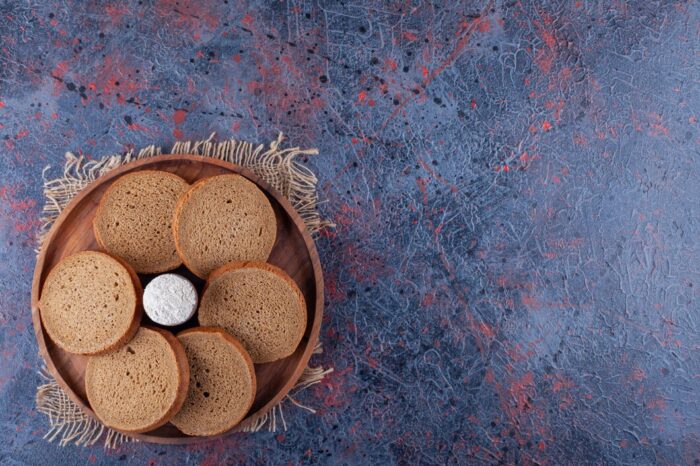
8. Chocolate Sprinkles (Hagelslag)
Hagelslag is the name for the tiny candy pieces that are used to top buttered bread, and they resemble sprinkles. Kids and adults enjoy this traditional Dutch dish, which is consumed as snacks or during full meals. Hagelslag is available in a wide range of tastes and hues, and chocolate is the highly popular one. Chocolate sprinkles, which were created in the 1930s, are a very traditional Dutch treat. Hagelslag comes in a broad range of flavors, such as fruit, chocolate, and anise.
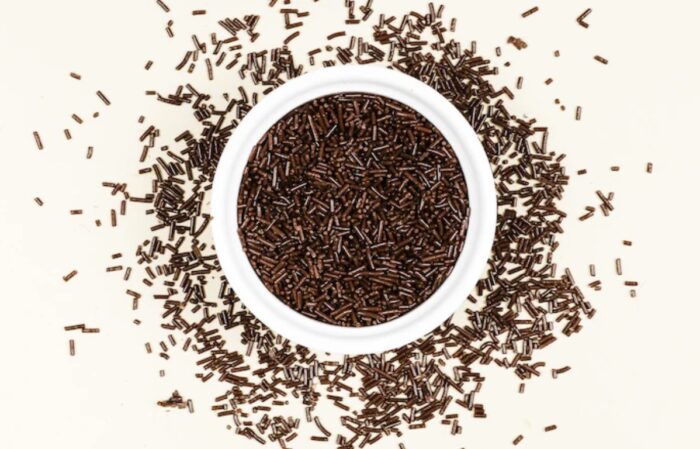
9. Rookworst
Dutch smoked sausages are typically produced with a pig, beef and pork, or pig and veal.
However, in modern times, Rookworst produced with turkey has also become widely accessible in most Dutch grocery stores. Prior to being inserted into the intestines of pork, the meat is typically spiced with sugar, saltpeter, and nutmeg. It is then allowed to smoke over burning wood chips. This sausage comes in two distinct flavors: Gelderse rookworst and raw rookworst. The raw type needs to be prepared before eating, while the Gelderse kind is already boiled and sold, making it easy to reheat.
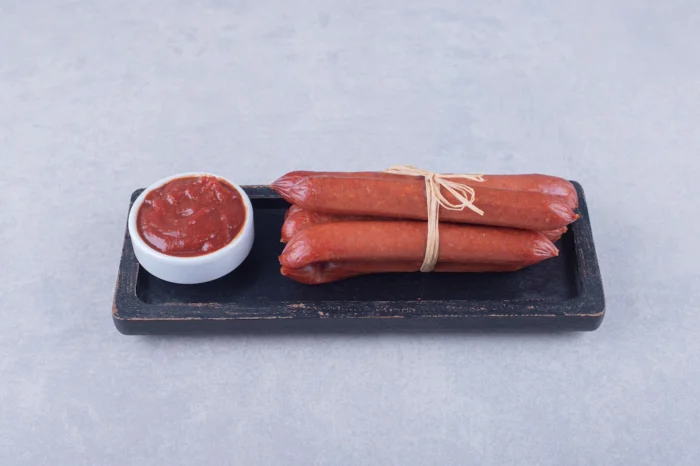
10. Syrup Waffles (Stroopwafel)
A tiny waffle iron or a waffle cone can be used to make this traditional delight from the Netherlands. Tea or coffee and these delectable cookies go together perfectly.
Stroopwafels, or Dutch syrup waffles, are one of the many Dutch products that have gained popularity throughout the world. The Daelmans syrup waffles are well-known, but generally, syrup waffles come in a variety of sizes and shapes in the Netherlands. By using excess dough, biscuit crumbs, and syrup, the Stroopwafel was initially made.
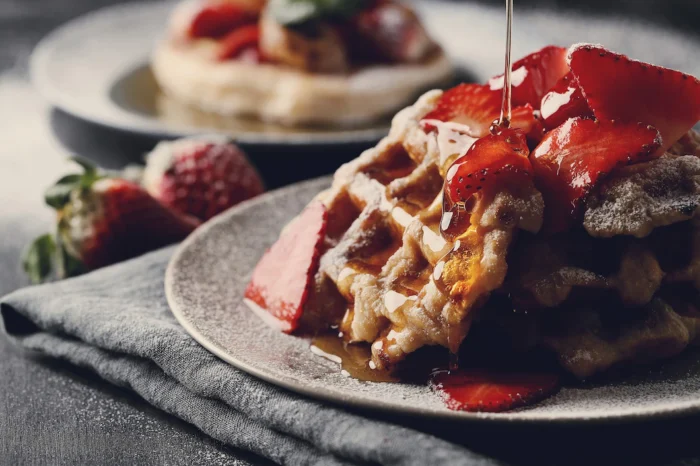
Buy Dutch Products Abroad
If you are a Dutchman or fan and want to use real Dutch brands, this is certainly possible. You can order all your favourite Dutch brands at the Dutch Expat Shop. The online Dutch supermarket delivers worldwide, so you can enjoy typical Belgian and Dutch products anywhere in the world.











